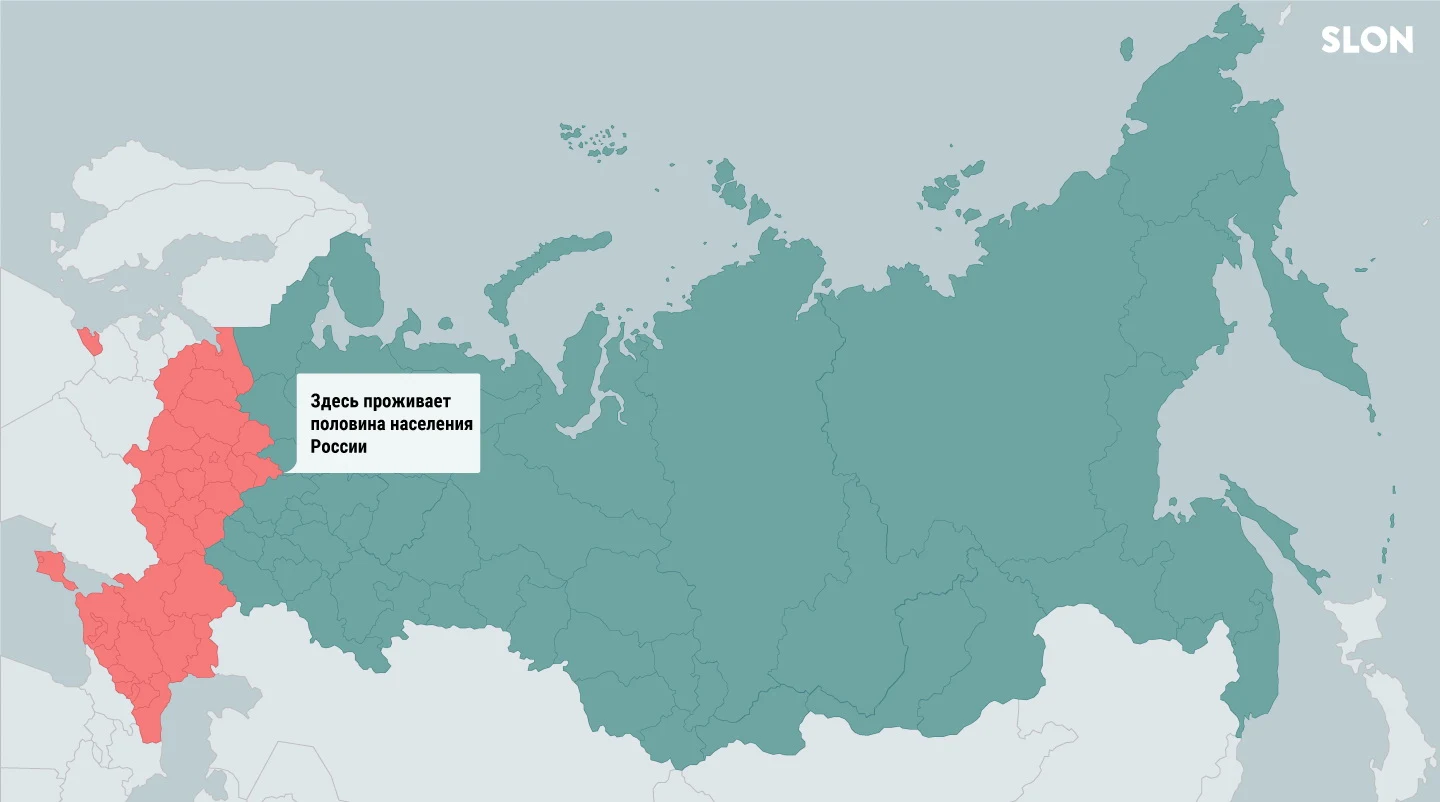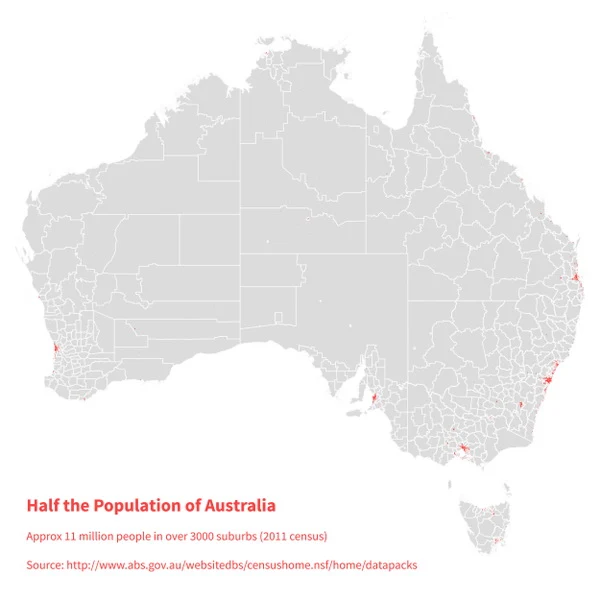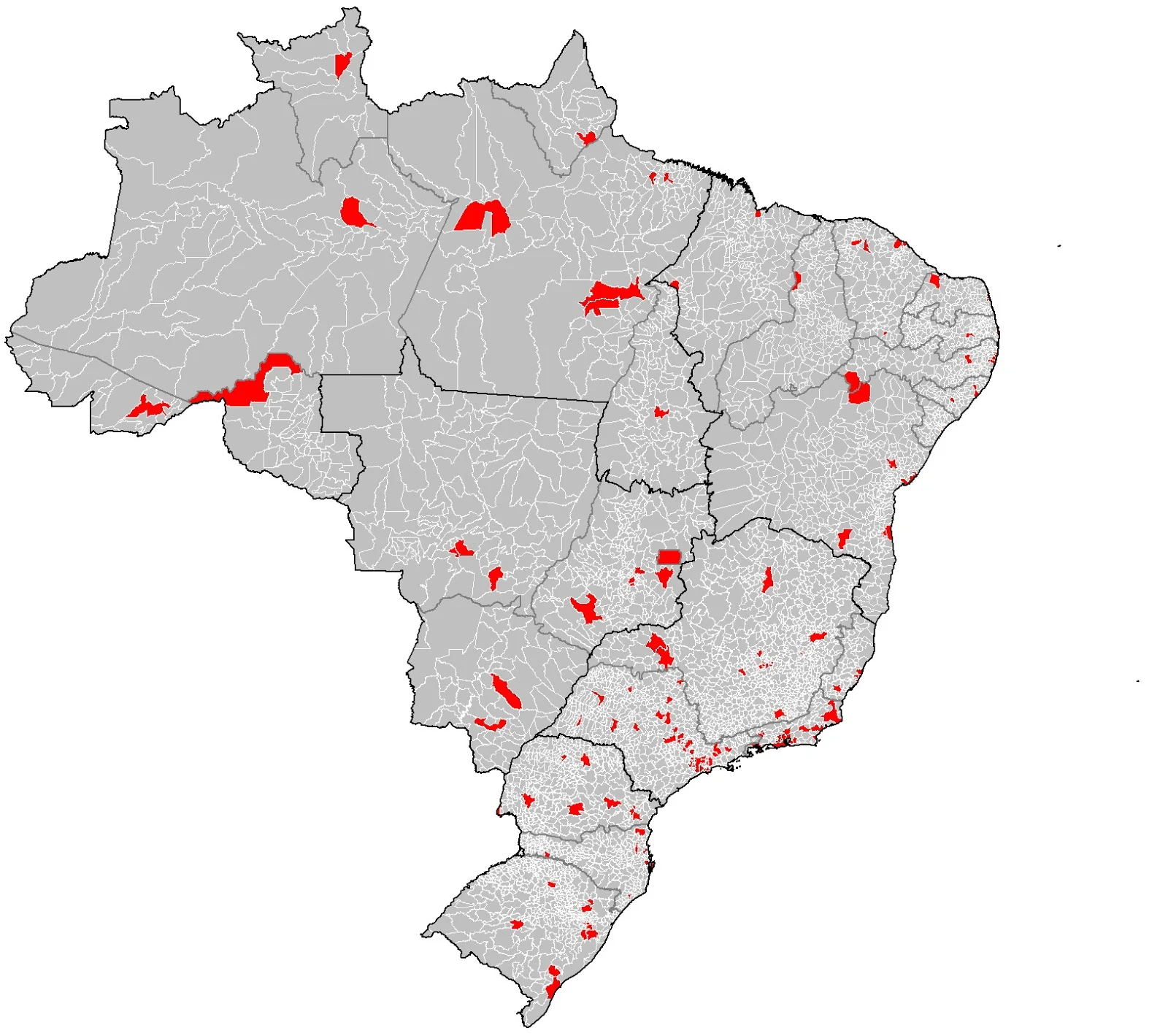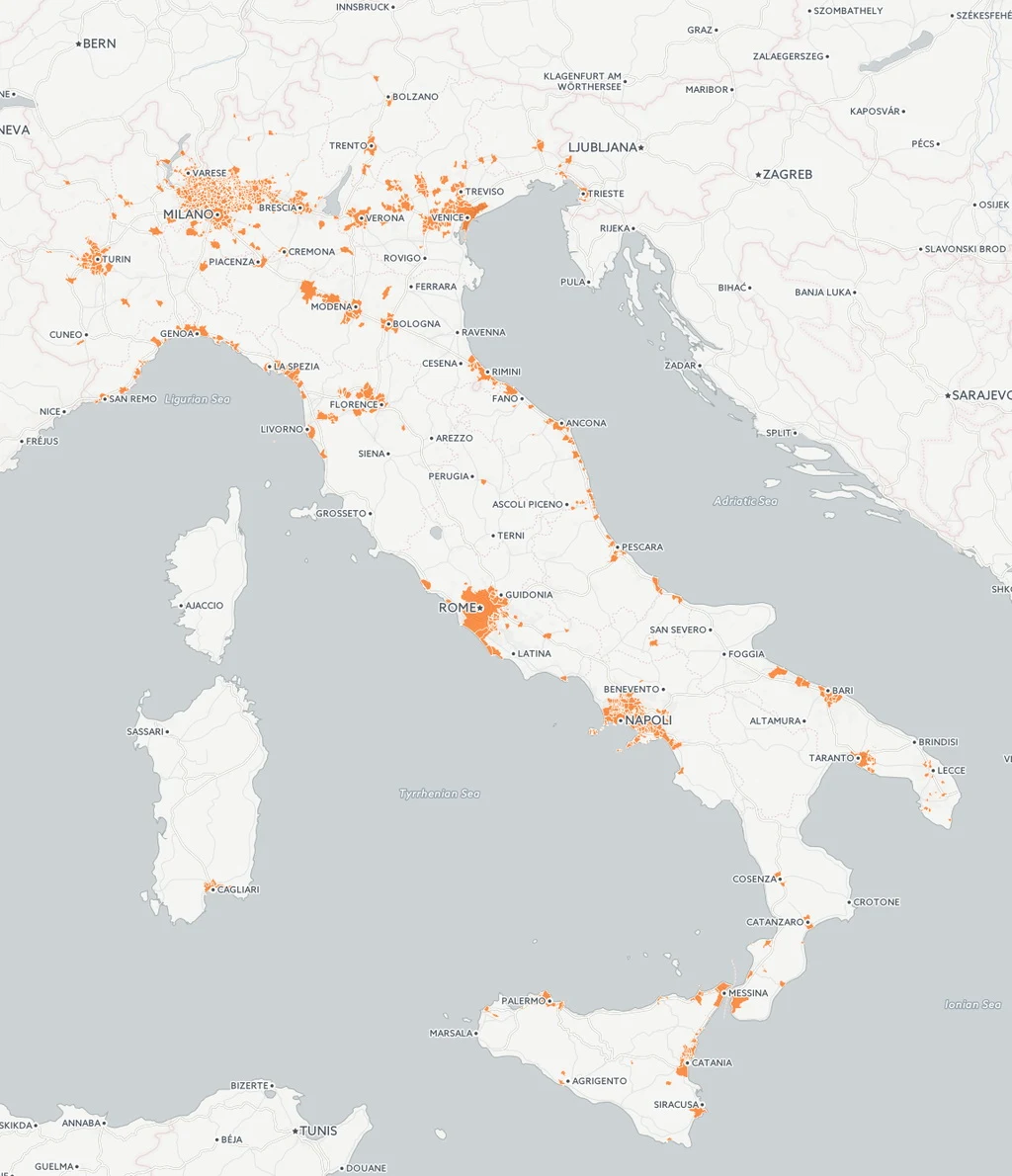Half of the world's population lives in the blue area
5% of the worlds population lives in the blue shaded area, 5% also lives in the red shaded area
Half of Canada (33.5 million people) lives south of the red line, or 45.7 degrees north
Half of Russia's 144 million population lives in the red part
Half the population of Australia in the red shaded area
2% of Australia's population lives in the yellow area
Half the population of Brazil lives in the blue shaded areas
Half the population of Mongolia lives in the two red dots
Half the Norwegian population lives here
Half the population of Italy lives in the yellow area
50% of the population of India lives in the blue shaded areas
Half of Africa's population (550 million people) lives in the red area
5% of the worlds population lives in the blue shaded area, 5% also lives in the red shaded area
Half of Canada (33.5 million people) lives south of the red line, or 45.7 degrees north
Half of Russia's 144 million population lives in the red part
Half the population of Australia in the red shaded area
2% of Australia's population lives in the yellow area
Half the population of Brazil lives in the blue shaded areas
Half the population of Mongolia lives in the two red dots
Half the Norwegian population lives here
Half the population of Italy lives in the yellow area
50% of the population of India lives in the blue shaded areas
Half of Africa's population (550 million people) lives in the red area












This post may contain affiliate links. As an Amazon Associate, I earn from qualifying purchases.